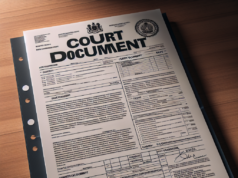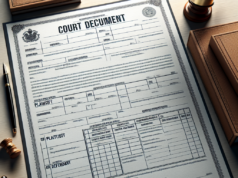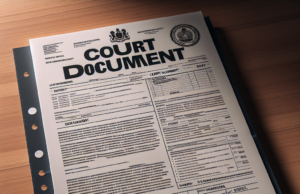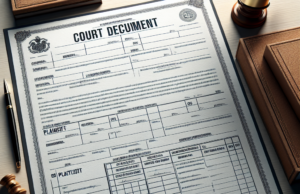
A Do It Yourself Divorce in Kansas Guide
If you’re a resident in Kansas looking for answers on how to proceed into a divorce, this is what you will need to know about the process.
A Divorce Petition
A do it yourself divorce in KS typically starts with what’s called a ‘divorce petition,’ a document obtained from a legal aid service. It’s this petition that gets filled out by the Petitioner or Plaintiff (the spouse seeking divorce) who will then deliver the petition to the Respondent or Defendant (the other spouse).
Additionally, a copy of the petition then also gets sent to the court residing in the county where either spouse lives.
What Is Included in a Divorce Petition?
Any do it yourself divorce in Kansas petition should include the names of the husband, wife, children, pieces of property, and also stipulations regarding child support, custody, alimony, and other such declarations. Alimony standards may also be included.
Steps Toward Serving the Petition
For a do it yourself divorce in KS, getting the petition, sometimes referred to as the “divorce papers,” to the other spouse will be known as the “service of process,” a process by which the Petitioner actually hand-delivers the papers to the Respondent. The Respondent at this point can either sign or not sign the document. Signing the document doesn’t necessarily mean that the Respondent’s agreeing to the terms of the petition; rather, he or she is simply confirming receipt of the petition. A Respondent may even choose to reject signing the document, in which case a Petitioner must then file for a default with the court. In the event that a Petitioner can’t even find the Respondent to hand-deliver the document, a professional server can be hired to do the job.
Once the Petition Is Served….
Once the papers have been signed, a waiting period in the state is then ordered by the court in order to establish a few mandates – children cannot be taken out of state, new insurance cannot be purchased, and property and insurance obtained during the marriage cannot be sold or borrowed against.
A Respondent may also choose to “respond” to the petition in writing, stating that he or she either agrees or disagrees to the petition, either in part or in whole. Typically, if there’s an agreement at this time, the petition may move a lot quicker, even not entering into a courtroom at all.
However, if a Respondent writes a response to disagree with the divorce….
What Happens When One Spouse Doesn’t Agree With the Terms of the Divorce?
Common reasons to disagree in any do it yourself divorce in Kansas may include everything from property distribution to child support and everything in between. A Respondent may even contest the divorce for the purposes of salvaging the marriage.
The next step from here would be a court hearing. All sides of the case are heard, and the court makes the appropriate notes to come to a decision.
No matter what the decision may be, in a do it yourself divorce in KS, no court may come to a decision until the waiting period has ended. Then officially the court can decide on whether or not to award a judgment for divorce.



























